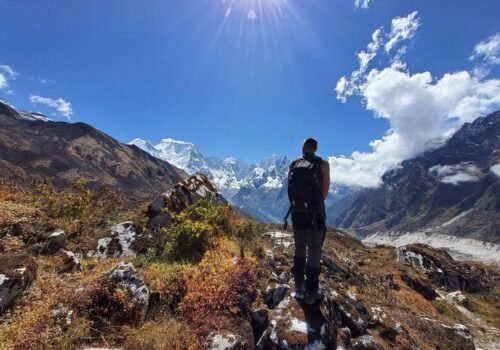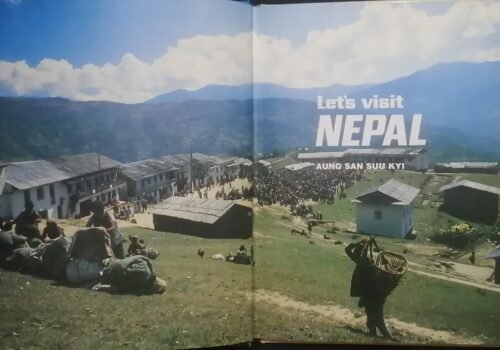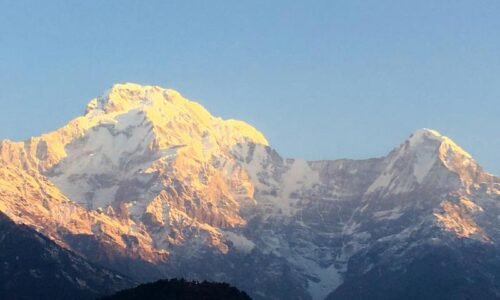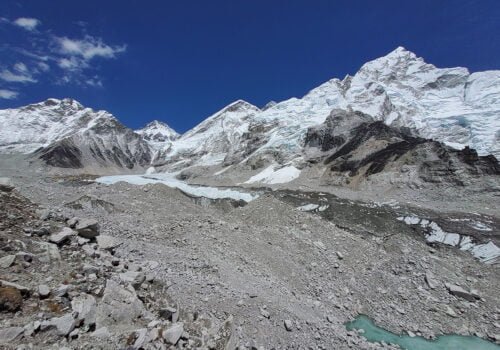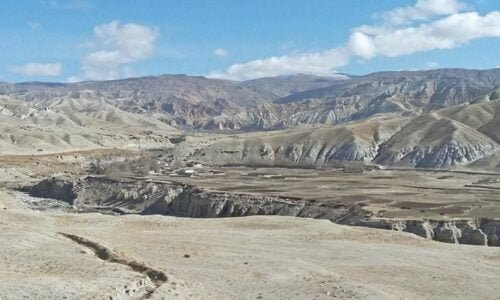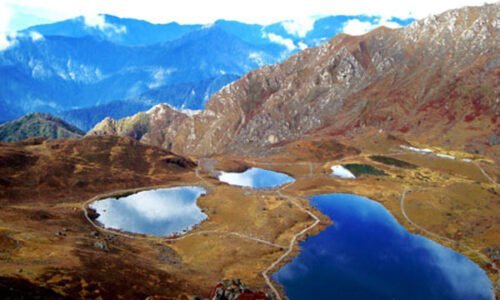A Complete Guide to Langtang Valley Exploration Trek
15 Oct 2023 6 min to read
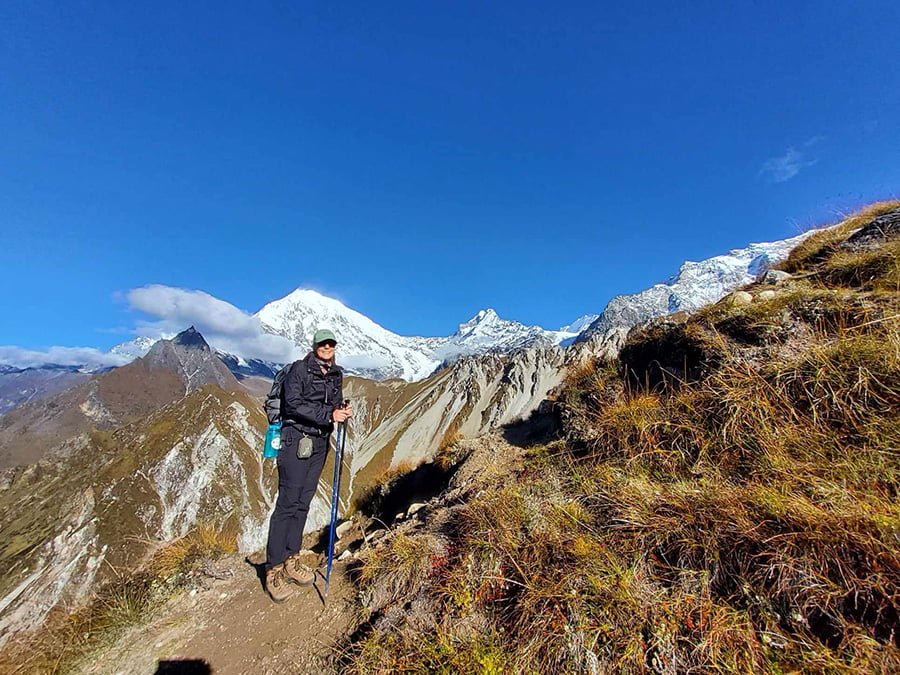
Overview
Outdoor Himalayan Treks presents ‘A Complete Guide to Langtang Valley Exploration Trek’ to provide valuable information and insights about this trekking adventure. Only a few kilometers from Kathmandu Valley, this amazing Langtang Valley Exploration trek commences with a public, tourist bus, or private vehicle ride to Syabrubesi. Upon reaching Syabrubesi, start the trek to Langtang Valley traversing Langtang National Park and its diverse flora and fauna. Walk past a peaceful trekking trail adoring the surrounding peaks and stunning landscapes.
Navigate through authentic Tamang villages and interact with locals who shower you with warm hospitality. Immerse in their local culture, tradition, and lifestyle for a better cultural understanding. Sightsee around spectacular Kyanjin Gompa, Yala Cheese Factory, and attractive Langtang village. A major highlight of this trek is a hike to Tsergo Ri at an elevation of 5,033 m. Challenging yet full of adventure to reach the summit of Tsergo Ri. Get rewarded with phenomenal and scenic views of the snow-capped Ganesh Himal and Langtang ranges. This short 10-day trip is fully worth it for trekkers seeking a memorable adventure in the off-beat and peaceful trekking trail in the Langtang region of Nepal.
Highlights
- Langtang National Park and its diverse flora and fauna
- Authentic Tamang Villages, people their culture, and warm hospitality
- Attractive Langtang Village and its stunning landscapes
- Sightseeing stunning Kyanjin Gompa, Cheese Factory
- Rewarding hike to Tsergo Ri (5033 m)
- Scenic Langtang range and Ganesh Himal mountain vistas
Facilities during the Langtang Valley Exploration Trek
Accommodation
Basic teahouses or lodges owned by locals are accommodation types during the trek. It provides basic comforts such as beds, blankets, and meals. Bathrooms and toilets are mostly outside the teahouses. Other additional facilities like laundry, showers, hot water, charging electronics, and Wi-Fi require you to pay an additional charge.
Meal
During the trek, 3 meals per day (breakfast, lunch, and dinner), are served and from the menu choose the meals of your choice. The meal options are limited but are healthy and hygienic. The most popular meal is Nepali Dal-Bhat, along with other options like noodles, soup, eggs, roti, and hot drinks.
Drinking water
Tap water, bottled water, and boiled water are drinking water options during the trek. It is advisable to drink purified or treated water during the Langtang Valley Exploration trek to avoid waterborne infections. Always carry a water bottle for ease, water purification tablets, or use a water filter to purify water.
Best Time for Langtang Valley Exploration Trek
Spring (Mar-May) and Autumn (Sep-Nov) seasons are the best seasons for the Langtang Valley Exploration trek. The warm and mild temperature, stable weather, clear skies, comfy trekking trails, scenic views, beautiful landscapes, thriving flowers (in Spring), and availability of teahouses all sum up the memorable trekking experience. The off-season Winter and Monsoon are not favorable due to unpredictable weather and temperature, slippery trails, heavy rain in monsoon, heavy snow in winter, not clear skies and views, and limited availability of teahouses.
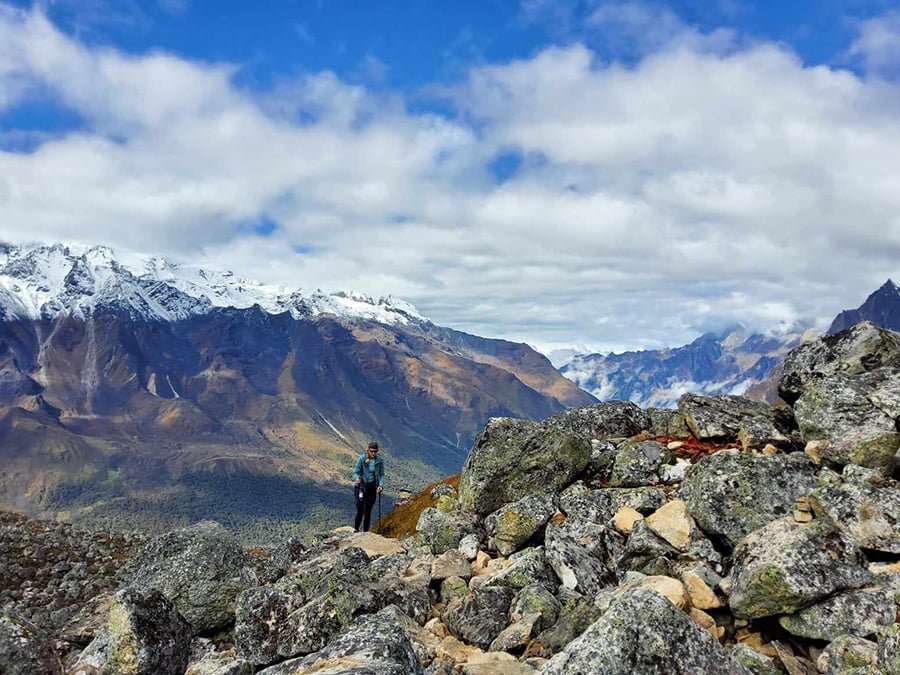
Trekking Permits
a. Langtang National Park (LNP)
USD 30/person (Foreigners)
USD 15/person (SAARC Nationals)
b. Trekkers Information Management System (TIMS)
NPR 2000/person (Foreigners)
NPR 1000/person (SAARC Nationals)
NPR 500/person (Foreign Officials and their families)
Trek Route for Langtang Valley Exploration Trek
From Kathmandu to Syabrubesi, take a public, tourist bus, or private vehicle that best favors you. Commence the trek following the itinerary schedule upon reaching Syabrubesi.
Trek Route:
Syabrubesi-Lama Hotel -Langtang Village -Kyanjing Gompa –Tsergo Ri (hike) -Lama Hotel-Syabrubesi
How difficult is the Langtang Valley Exploration Trek?
Langtang Valley Exploration trek is a medium-level trek and due to its off-beat trail, it is considered difficult. Other factors include its high elevation, long hours of daily walking, unconventional trekking trails, and limited availability of accommodation, and amenities. Despite its difficulties, trekkers with a good level of physical fitness can complete it effortlessly.
Altitude Sickness in Langtang Valley Exploration Trek
The maximum elevation during the Langtang Valley Exploration trek is 5033 m at Tsergo Ri. There is a high possibility of getting altitude sickness. But, with proper planning and medication, it is preventive. Proper acclimatization along with staying hydrated and following guides’ instructions is the key factor to prevent altitude sickness.
Symptoms and Preventions for Altitude Sickness
Some common symptoms of Altitude Sickness are:
Headache, nausea, dizziness, uneasiness, appetite, and sleep loss, and on extreme some can experience unconsciousness and hallucination.
Preventions for Altitude Sickness are:
- Take an acclimatization rest
- Inform the guide
- Climb slowly and gradually
- Keep yourself Hydrated
- Avoid alcohol and salty foods
- Know your body limit
- Take a complete rest and sleep
- Take medicine consulting a guide
Physical Fitness for Langtang Valley Exploration Trek
The trekking trailis fullof rough tracks, steep ups and downs, and a bit off-beat. Along with these trek paths, high altitude is the challenging factor. Hence, it is recommended to have a reasonable level of fitness and strength as the trek involves walking for several hours each day on mountainous terrain. Before embarking on this trek, participate in physical exercise, short day hikes, and do necessary health check-ups.
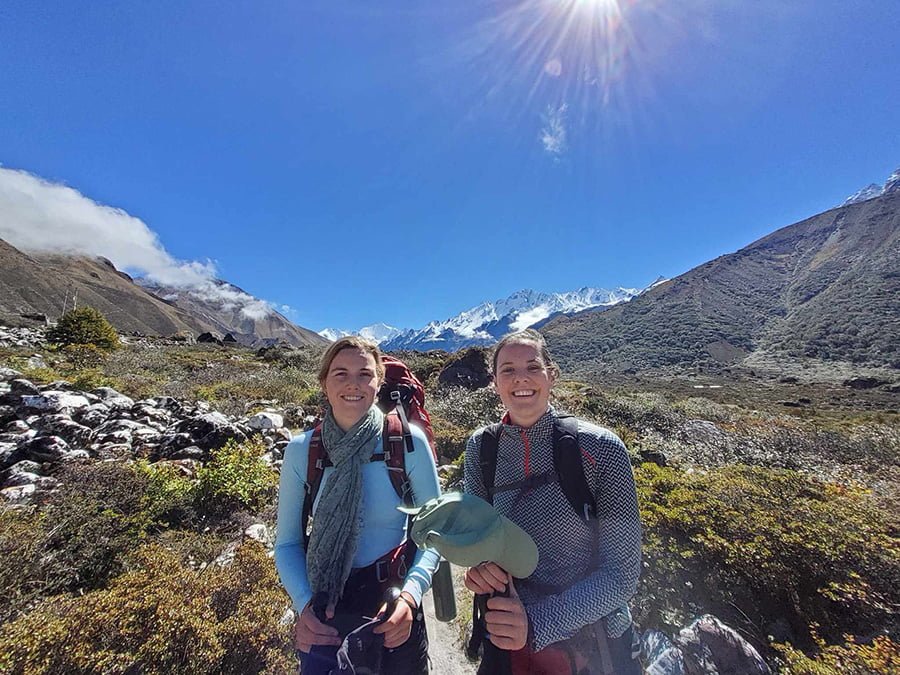
Best Ways to get to Langtang Valley from Kathmandu
As your preference, take a public, tourist bus, or private vehicle ride to Syabrubesi and start the trek following the itinerary route.
Proposed Itinerary
Day 01: Arrival in Kathmandu, welcome, and transfer to hotel
Day 02: Kathmandu to Syabru Besi (1300m – 1460m)
Day 03: Syabru Besi to Lama Hotel (2210m)
Day 04: Lama Hotel to Langtang (3330m)
Day 05: Langtang to Kyanjing Gompa (3870m)
Day 06: Kyanjing Gompa to Tsergo Ri (5033 m)
Day 07: Trek back to Lama Hotel
Day 08: Lama Hotel to Syabru Besi
Day 09: Drive back to Kathmandu
Day 10: Departure
Note: We have Langtang Region Trek packages of 7 to 15 days, to choose from that best suit your preferences. Itinerary Customization is flexible with us.
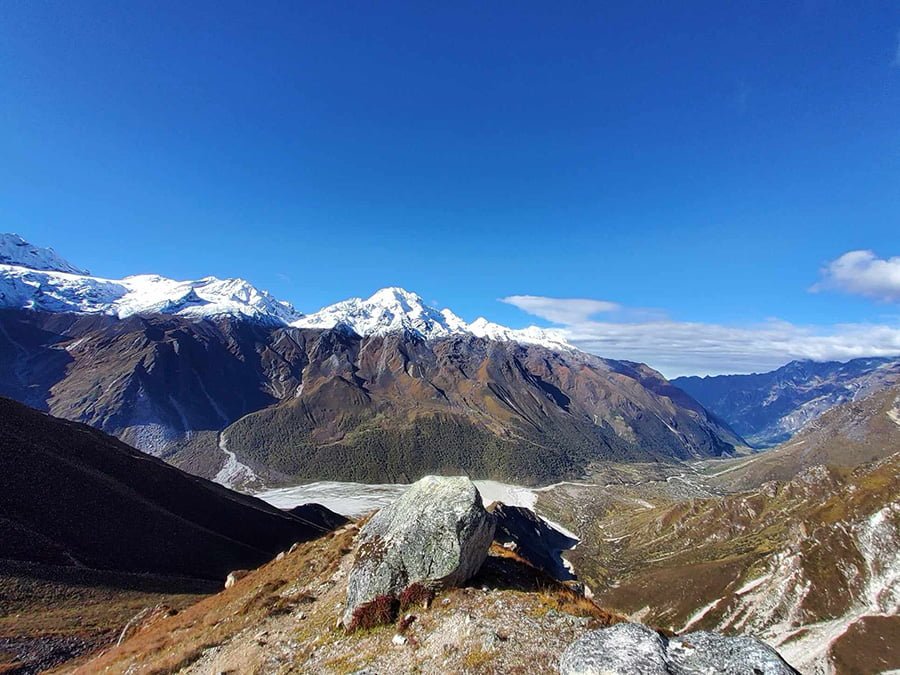
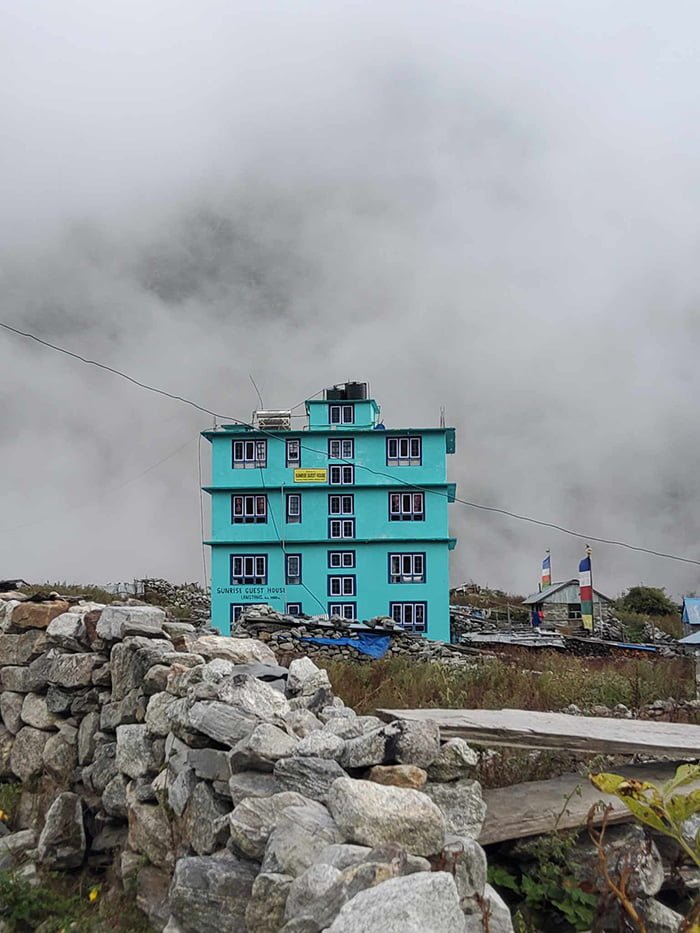



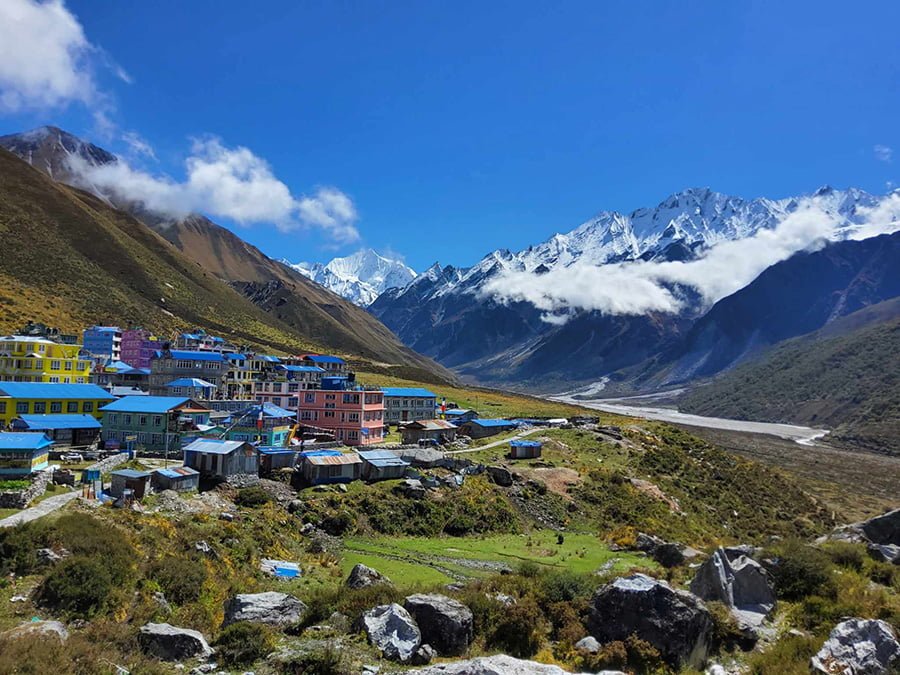

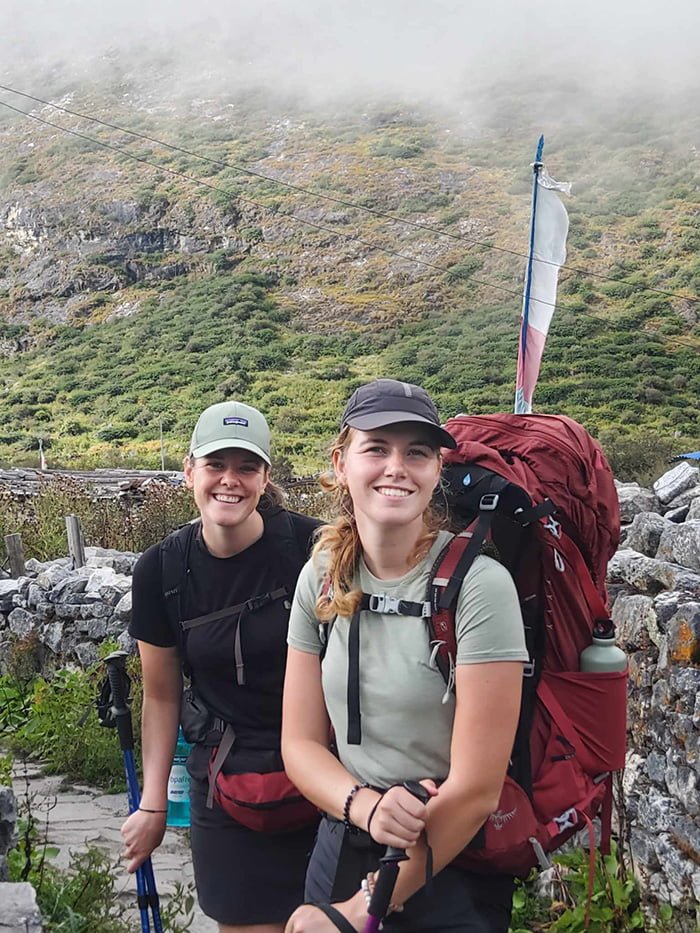
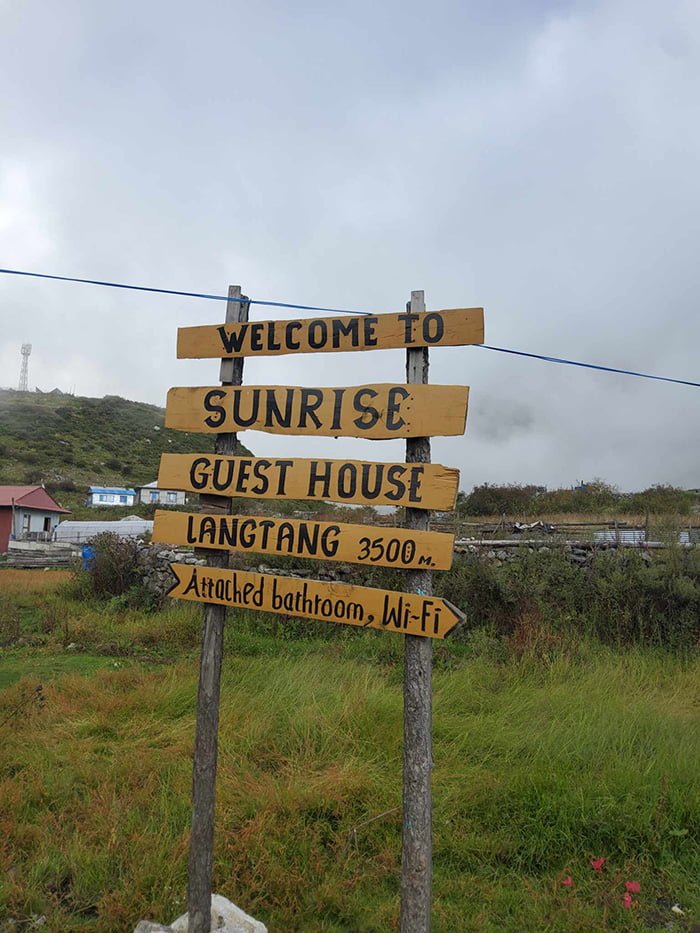
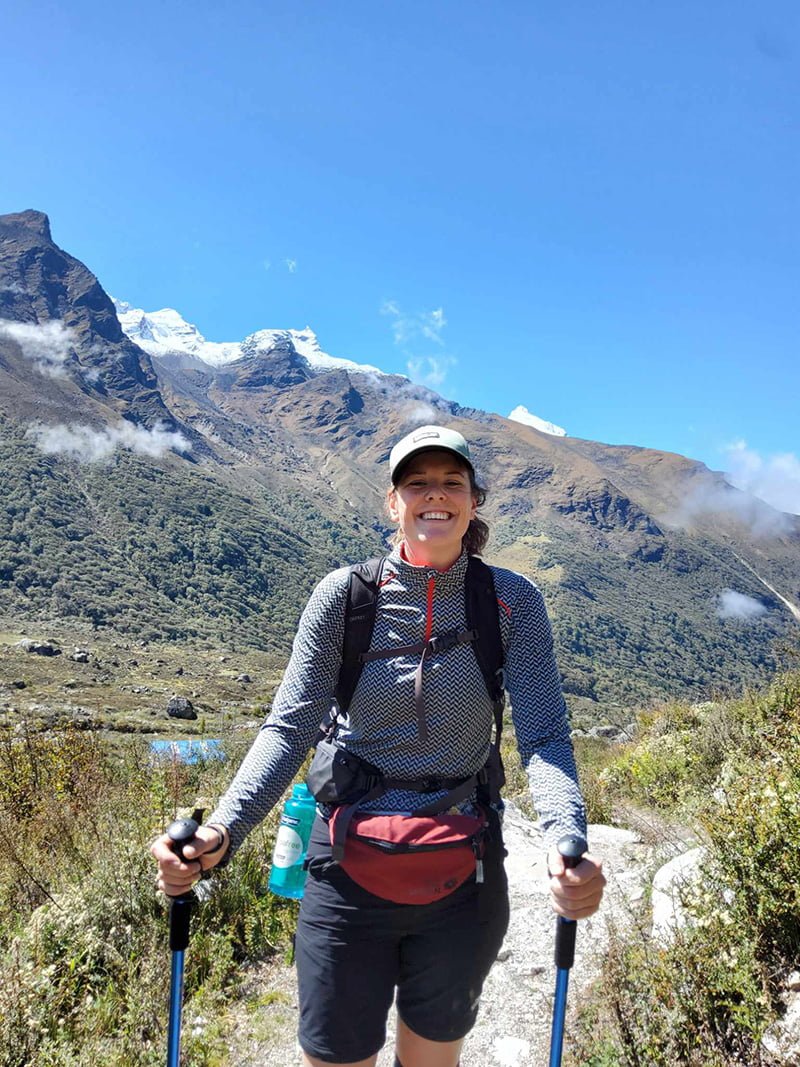
Packing List
- Sturdy hiking boots
- Rubber sandals
- Windcheater jacket
- Thermals
- Down Jacket
- Fleece
- Long sleeve shirts
- Full finger Gloves
- Towels
- Inner garments
- Trekking pants
- Trousers
- Shorts
- Socks
- Sleeping bag
- Down jacket
- LED headlight
- Water bottle
- First-aid kit
- Water purification solution
- Trekking poles
- Raincoat
- Sunglasses
- Socks
- Thermal cap
- Sunscreen
Langtang Valley Exploration Trek FAQs
Can I trek solo for the Langtang Valley Exploration Trek?
No, the Langtang Valley Exploration solo trek is banned.
Is the Langtang Valley Exploration Trek easy?
Langtang Valley Exploration Trek is not easy as it is a medium-level trek.
What is the highest point of the Langtang Valley Exploration Trek?
Tsergo Ri at an elevation of 5033 m is the highest point of the Langtang Valley Exploration Trek.
Is the Langtang Valley Exploration Trek itinerary flexible?
Yes, the trek itinerary is flexible, and customizable to best suit your preference.
